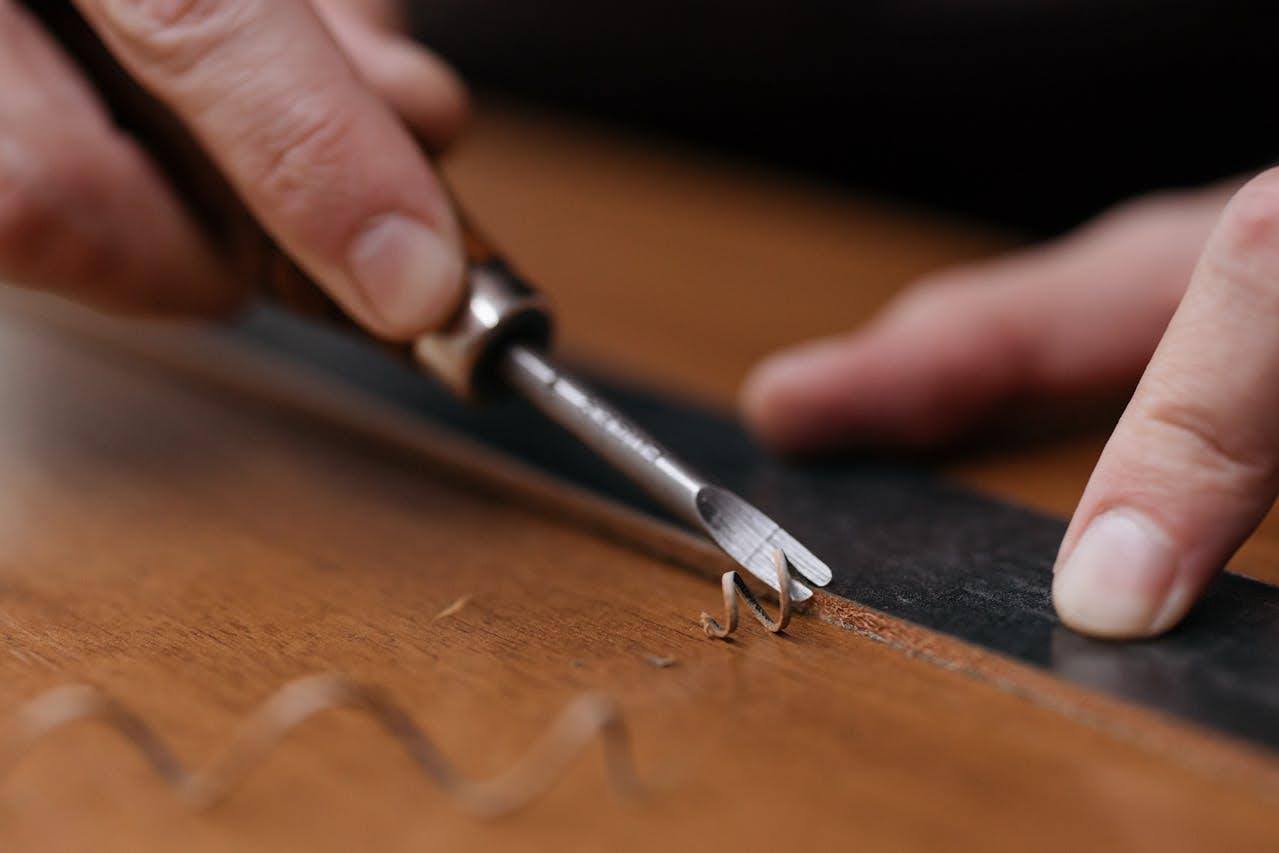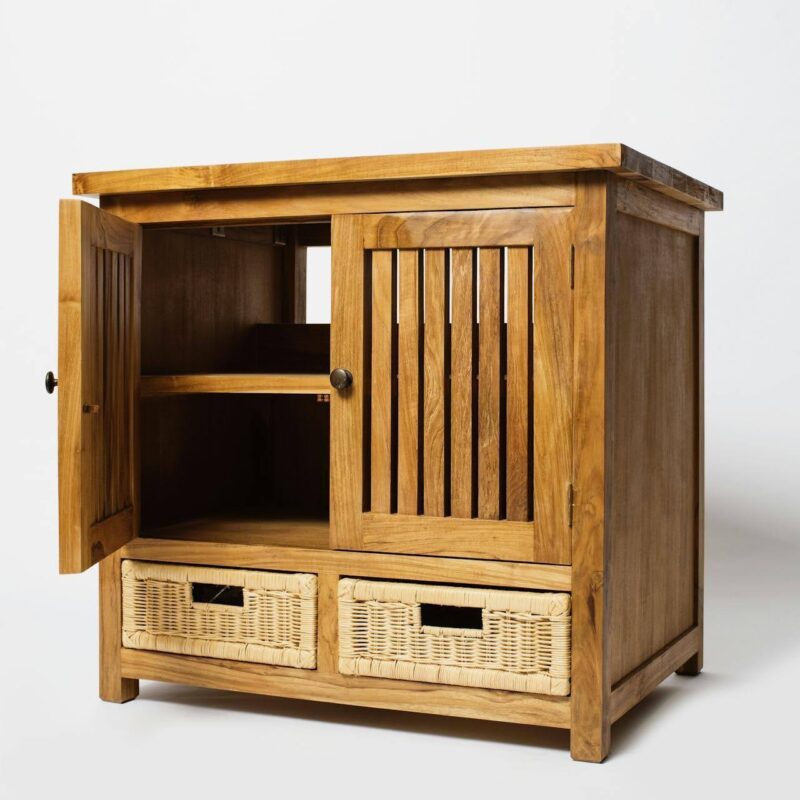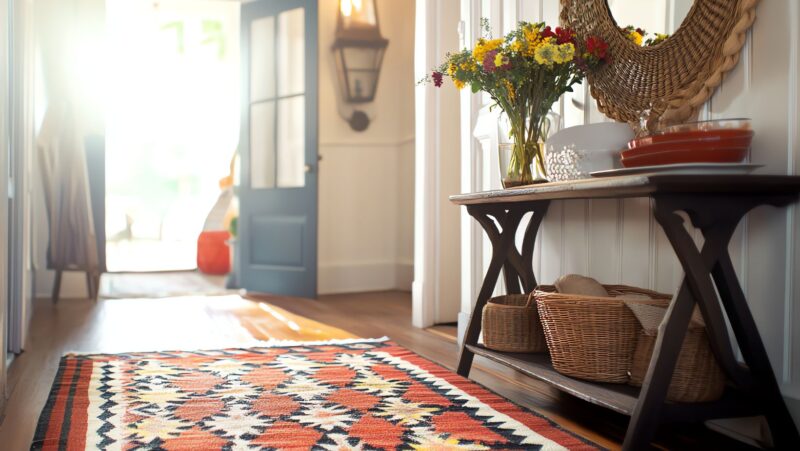Have you ever struggled to find furniture that perfectly fits your unique space or reflects your personal style? Do you feel limited by the standard sizes and designs of mass-produced pieces? If so, you’re not alone. In the world of interior design, furniture is more than just functional—it’s an opportunity to express individuality and create harmony in a room. While mass-produced pieces offer convenience and affordability, there is an increasing demand for custom furniture that elevates both style and function. Custom furniture allows homeowners, designers, and architects to move beyond standard dimensions, styles, and finishes, creating pieces that not only serve a purpose but also tell a story.
Table of Contents
Toggle1. Why Custom Furniture Matters
Mass-market furniture is designed to appeal to the widest audience possible. While this approach ensures availability and lower prices, it often sacrifices uniqueness and spatial precision. Custom furniture, on the other hand, is tailored to meet specific needs, offering benefits that go beyond aesthetics:
- Perfect Fit: Custom furniture is made to match the exact dimensions and proportions of a space, ensuring no awkward gaps or wasted corners.
- Personal Expression: Every choice—material, color, finish, hardware—reflects the client’s style and personality. For example, many homeowners looking for custom furniture Los Angeles designers offer opt for bold, contemporary pieces that match the city’s eclectic, design-forward culture, blending Hollywood glamour with relaxed California living.
- Enhanced Functionality: Pieces can be designed with specific features, such as hidden storage, modularity, or ergonomic considerations.
- Quality Craftsmanship: Often built by skilled artisans, custom furniture tends to use higher-quality materials and construction methods than mass-produced alternatives.
In short, custom furniture transforms interiors from generic to genuinely personal.
2. The Role of Custom Furniture in Interior Design
Interior design is as much about solving spatial challenges as it is about creating beauty. Custom furniture allows designers to respond to the unique needs of a space with precision.
- Space Optimization
From built-in wardrobes in small bedrooms to dining tables designed for narrow urban apartments, custom furniture makes the most of available square footage. For awkward layouts or irregular architecture, tailor-made pieces ensure seamless integration. - Cohesive Aesthetics
When furniture is made to order, designers can coordinate styles, finishes, and proportions with the room’s flooring, wall treatments, and lighting. This creates visual harmony and prevents the “mismatched showroom” effect. - Specialty Requirements
For commercial spaces—restaurants, offices, boutique hotels—custom pieces can incorporate brand identity through unique shapes, signage integration, or bespoke upholstery.
3. The Custom Furniture Design Process
Designing custom furniture involves close collaboration between the client, the interior designer, and the fabricator. The process typically unfolds in several stages:
- Needs Assessment
The designer gathers information about the intended use, desired style, budget, and special features. This stage often includes measuring the space and identifying problem areas that the furniture must address. - Concept Development
Sketches, mood boards, or 3D renderings are created to visualize the design. Clients can explore different materials, finishes, and shapes before committing to production. - Material Selection
Choosing the right material—solid wood, engineered wood, metal, glass, stone, or mixed media—affects both aesthetics and durability. Upholstery fabrics are also carefully considered for texture, color, and wear resistance. - Fabrication
Artisans or specialized workshops build the piece, often combining traditional joinery techniques with modern technology like CNC cutting. This stage can take anywhere from a few weeks to several months, depending on complexity. - Delivery and Installation
Custom pieces, particularly built-ins, may require professional installation to ensure a perfect fit and secure placement.
4. Types of Custom Furniture in Interior Design
Custom furniture spans a wide spectrum, from small accent pieces to large integrated installations. Some of the most common categories include:
- Built-in Storage Solutions – Wardrobes, shelving, and cabinetry designed to blend with walls or architectural details.
- Dining and Coffee Tables – Tailored to match the scale and style of a room.
- Custom Sofas and Seating – Designed for specific comfort levels, room proportions, and upholstery preferences.
- Home Office Furniture – Desks, filing systems, and ergonomic seating tailored to workflow needs.
- Beds and Headboards – Crafted for comfort, style, and integration with bedroom layouts.
- Kitchen Islands – Combining storage, preparation space, and seating in a customized footprint.
5. Materials and Sustainability Considerations
In today’s design climate, sustainability is a central concern. Custom furniture offers opportunities to:
- Use Local Materials: Reducing transportation emissions and supporting local economies.
- Incorporate Reclaimed Elements: Giving new life to old wood, metal, or stone.
- Select Durable Finishes: Extending the lifespan of furniture to reduce waste.
- Opt for Non-Toxic Treatments: Using low-VOC paints, stains, and adhesives for healthier indoor air quality.
By controlling the material selection process, designers can make responsible, environmentally friendly choices without compromising style.
6. Budgeting for Custom Furniture
While custom furniture is often more expensive than mass-produced pieces, costs vary widely depending on materials, complexity, and craftsmanship. Factors influencing price include:
- Material quality (solid oak vs. particleboard)
- Fabrication method (handcrafted vs. machine-assisted)
- Detailing (intricate carving, custom hardware)
- Scale and dimensions
Clients should view custom furniture as an investment—pieces designed and built to last for decades, both structurally and stylistically.
7. Trends in Custom Furniture Design
The world of bespoke furniture evolves alongside broader interior design trends. Current influences include:
- Minimalist Built-Ins: Clean-lined cabinetry that merges seamlessly with walls for a decluttered look.
- Mixed Materials: Combining wood, metal, stone, and glass for contrast and visual interest.
- Organic Shapes: Curved silhouettes and asymmetrical designs inspired by nature.
- Bold Color Accents: Statement furniture pieces in vibrant hues to create focal points.
- Modular Customization: Pieces that can adapt or expand over time.
These trends show how custom furniture can be both timeless and responsive to evolving tastes.
8. Challenges and Considerations
Custom furniture offers many benefits, but it comes with challenges:
- Longer Lead Times: Fabrication can take weeks or months, requiring patience and planning.
- Higher Initial Costs: Quality materials and craftsmanship demand a bigger upfront investment.
- Design Risk: Without the ability to “see” the piece in advance, clients must trust renderings and samples.
- Limited Returns: Custom-made pieces typically can’t be returned or exchanged.
Mitigating these challenges requires clear communication, thorough planning, and selecting experienced makers.
9. The Emotional Value of Custom Furniture
Beyond utility and beauty, custom furniture often holds emotional significance. It might commemorate a special occasion, incorporate a family heirloom, or embody a client’s creative vision. These personal connections turn furniture into more than an object—they make it part of a home’s narrative.
Custom furniture plays a transformative role in interior design by marrying creativity, function, and individuality. It allows spaces to be optimized, aesthetics to be fully realized, and personal stories to be embedded in the very fabric of a room. While it requires more investment in terms of time, budget, and decision-making, the payoff is a living environment that is both deeply personal and functionally superior.
In a world where so much is mass-produced and disposable, custom furniture stands as a testament to craftsmanship, intentionality, and the enduring value of design made just for you.






